The frozen surface of Russia's Lake Baikal transforms each winter into a spectacular natural phenomenon - vast expanses of translucent blue ice that seem to glow from within. This extraordinary visual effect has captivated scientists and travelers alike for centuries, but only in recent decades have researchers begun quantifying the precise mathematical relationship between ice transparency and atmospheric conditions in the world's deepest freshwater lake.
What makes Baikal's ice so uniquely transparent? The answer lies in a rare combination of environmental factors. Unlike sea ice or glacial ice packed with air bubbles and impurities, Baikal's freshwater ice forms slowly under consistently cold, calm conditions. As temperatures steadily drop below -20°C in the Siberian winter, the lake's surface freezes in successive ultra-thin layers that allow for unusually ordered crystal structures. The resulting ice behaves more like a single giant crystal than the fractured, bubbly ice found elsewhere.
Meteorological data from research stations around Baikal reveal a clear correlation between prolonged periods of extreme cold and increased ice transparency. When temperatures remain below -15°C for at least two weeks without significant snowfall, the ice achieves its legendary glass-like clarity. Russian limnologists have measured light transmission through Baikal ice at over 90% in optimal conditions - comparable to high-quality optical glass.
The physics behind this phenomenon involves complex interactions between freezing rates, crystal alignment, and impurity exclusion. As water molecules arrange themselves into hexagonal ice crystals during slow freezing, dissolved gases and minerals get pushed outward toward grain boundaries. This self-purification process creates exceptionally pure ice in the crystal interiors. The slower the freezing occurs, the more complete this purification becomes - which explains why the coldest winters produce the clearest ice.
Researchers from the Limnological Institute in Irkutsk have developed mathematical models predicting ice transparency based on accumulated freezing degree days (FDD). Their equations account for both temperature duration and intensity, showing that transparency increases exponentially rather than linearly with colder conditions. For every 10% increase in cumulative FDD below -20°C, light transmission through the ice improves by approximately 7-8%.
Interestingly, the relationship reverses during brief warm spells. Even modest temperature increases above -10°C cause immediate deterioration in ice quality. Partial thawing introduces microscopic fractures and disrupts the crystalline structure, scattering light instead of transmitting it cleanly. Satellite imagery confirms that transparent ice areas shrink noticeably within 48 hours of any winter warming event.
Climate change presents a growing threat to Baikal's iconic blue ice. Meteorological records show the lake's winter freezing season has shortened by nearly three weeks since 1950, with average January temperatures rising by 2.4°C. The number of "optimal transparency days" (defined as periods with temperatures continuously below -20°C) has decreased by approximately 30% over the same period.
Local ice fishermen report the changes anecdotally - where their grandfathers could see fish swimming 10 meters below the ice surface, today's ice often appears milky or opaque. Scientific measurements confirm this observation, showing a 22% reduction in average winter ice transparency since systematic records began in 1972.
The implications extend beyond aesthetics. Transparent ice plays crucial ecological roles in Baikal's unique winter ecosystem. Sunlight penetrating deep through clear ice allows photosynthetic activity to continue in plankton populations throughout winter months. This sustains the entire food chain in what would otherwise be a dark, sterile environment beneath the ice.
Predictive models suggest troubling trends for coming decades. If current warming rates continue, computer simulations indicate Baikal may lose its signature ultra-transparent ice entirely by 2060, replaced by more typical opaque winter ice cover. The mathematical relationship between temperature and transparency that creates this natural wonder appears increasingly fragile in the face of global climate shifts.
Tourism operators who lead winter excursions onto the ice report growing challenges as well. The famous "ice highways" - temporary roads cleared across the frozen lake surface - now require more frequent rerouting to avoid areas of weakened or opaque ice. What was once a reliably solid three-month winter crossing season has become unpredictable, with late freezes and early thaws disrupting traditional schedules.
Scientists continue refining their understanding of this complex system. Recent studies examine how wind patterns interact with temperature to influence ice formation. Still, the fundamental mathematical relationship remains clear: the colder and more stable the winter conditions, the more magical Baikal's blue ice becomes. Preserving this phenomenon may ultimately require addressing much larger environmental challenges far beyond Siberia's borders.
For now, visitors fortunate enough to stand on Baikal's crystalline winter surface experience one of nature's great optical illusions - the dizzying sensation of floating above an infinite blue void. Each perfectly transparent patch of ice serves as both a scientific wonder and a fragile reminder of how closely Earth's most spectacular phenomena depend on precise climatic conditions.
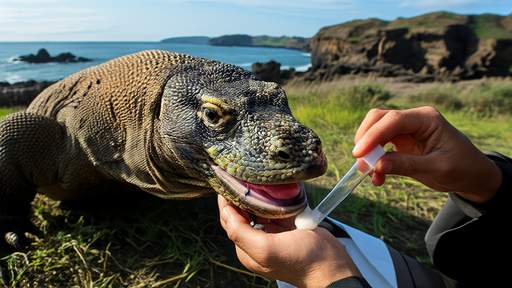
By /Jun 5, 2025
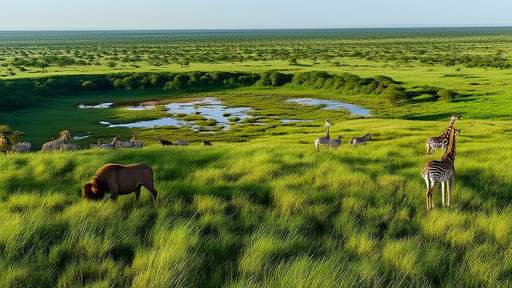
By /Jun 5, 2025
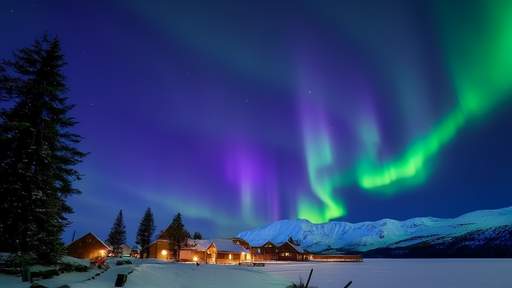
By /Jun 5, 2025
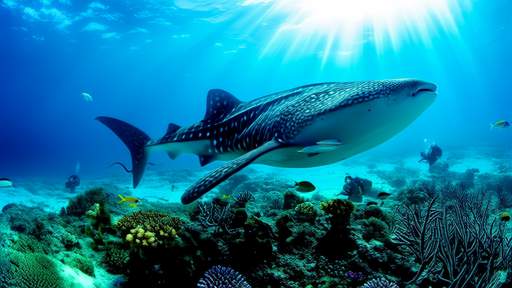
By /Jun 5, 2025
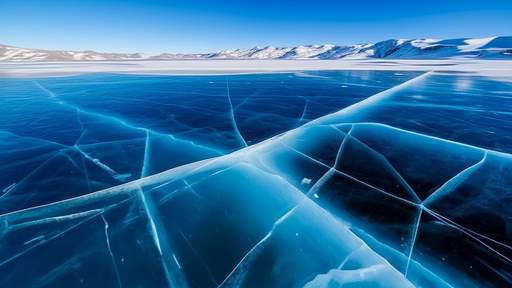
By /Jun 5, 2025
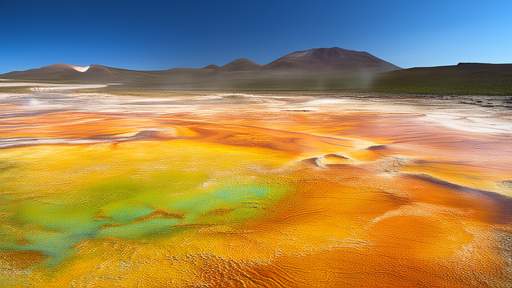
By /Jun 5, 2025
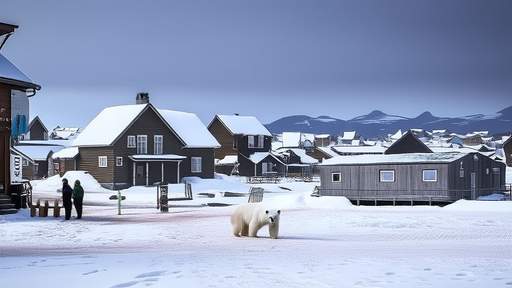
By /Jun 5, 2025
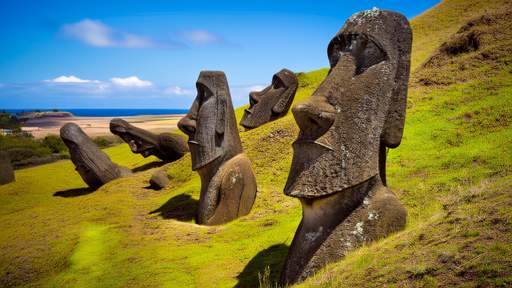
By /Jun 5, 2025
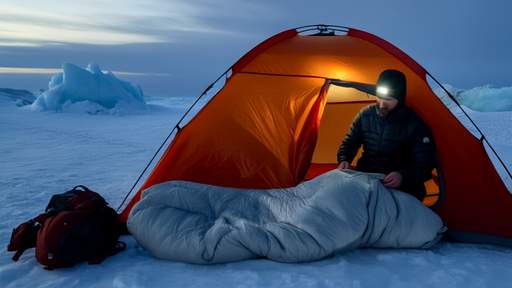
By /Jun 5, 2025

By /Jun 5, 2025
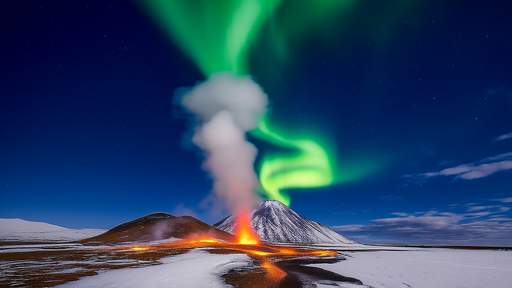
By /Jun 5, 2025
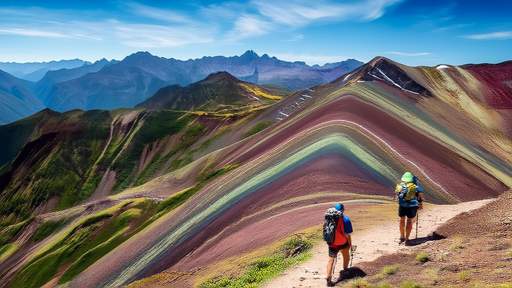
By /Jun 5, 2025
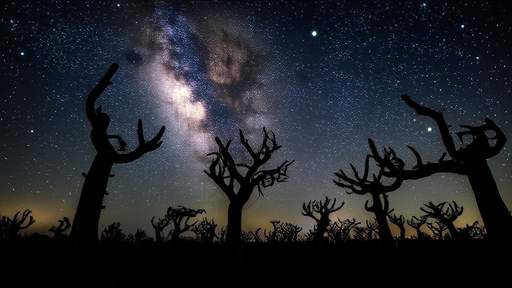
By /Jun 5, 2025
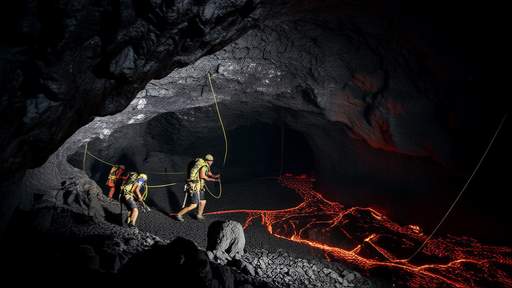
By /Jun 5, 2025
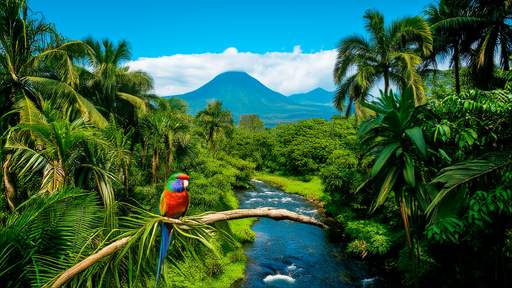
By Victoria Gonzalez/Jun 4, 2025

By Grace Cox/Jun 4, 2025
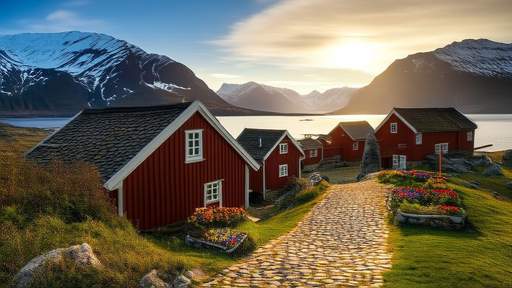
By Sophia Lewis/Jun 4, 2025
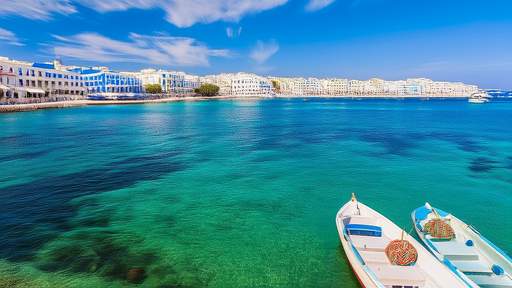
By Elizabeth Taylor/Jun 4, 2025
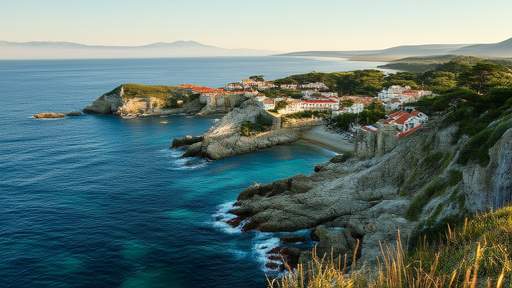
By Megan Clark/Jun 4, 2025
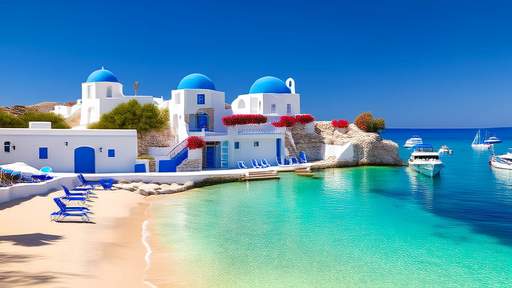
By Megan Clark/Jun 4, 2025